CENTRAL FLORIDA’S SHAD SEASON
with Paul MacInnis
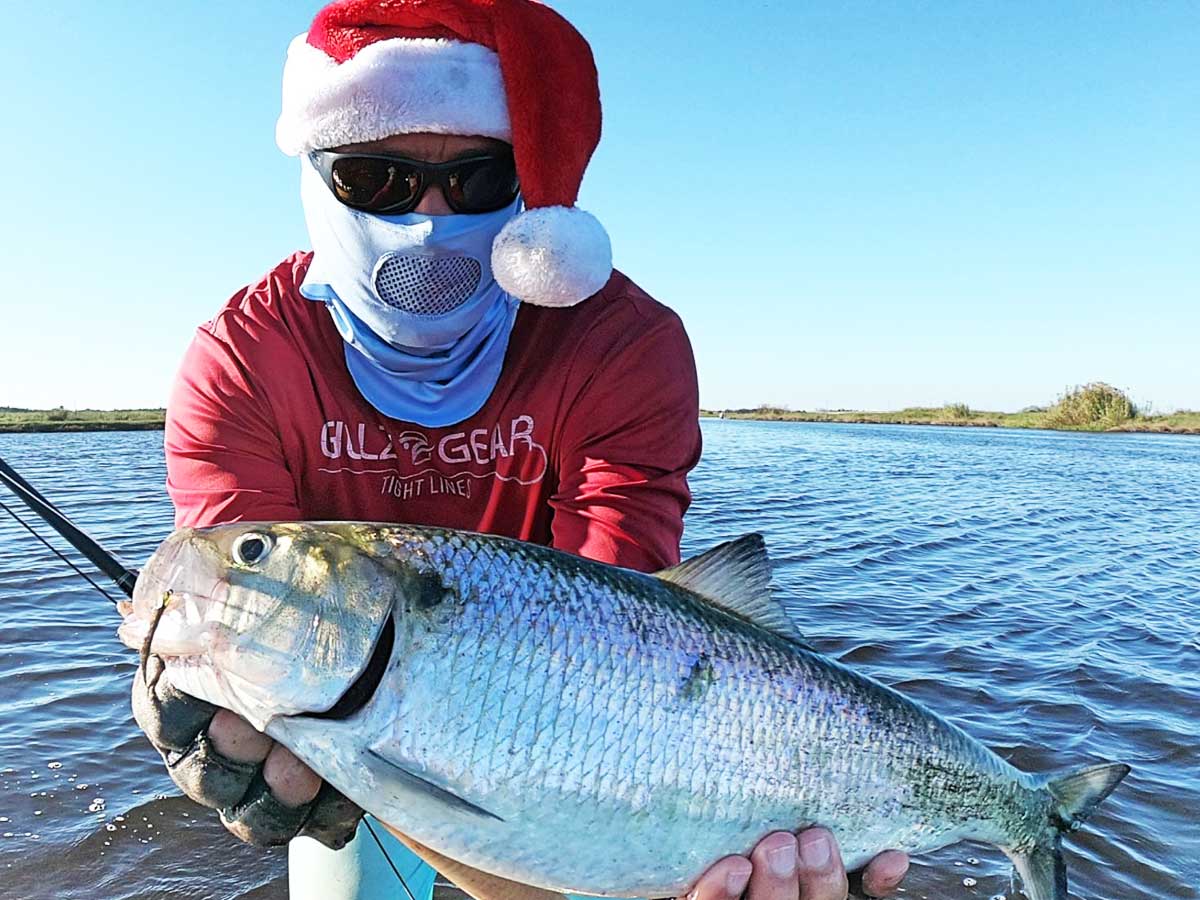
Paul MacInnis rings in the holidays Shad fishing on the St Johns River.
The Gift of American Shad
Every year, anglers throughout Central Florida eagerly anticipate the arrival of gifts from the North on December 25th. The gifts come in the form of two to three pound silver dynamos that run, jump, pull drag and provide a bunch of fun on ultralight spinning and fly tackle.
Like salmon, American shad are anadromous. After four to five years at sea, they return to their natal freshwater rivers to spawn. They spawn in every major river along the eastern coast of north America, from the St Johns River up to the St Lawrence River in Canada. The shad migration in the St Johns takes them to the stretch of river between Lake Monroe and highway 50. C.S. Lee Park off of highway 46 is the ground zero launch point for a bulk of the shad fishing, but other popular launch sites include Lemon Bluff, Mullet Lake Park and the launch ramp on Highway 50. Shad will also migrate up the Econlockhatchee (Econ) River. When water levels are low, hike in fishing on the Econ from the Brumley Road trailhead offers some of the most picturesque shad fishing you will find anywhere.
Christmas is the unofficial kickoff to the Central Florida shad season, but the actual arrival of American shad along with the numbers of fish varies year to year. I’m happy to report the shad run started early this year. The Central Florida Shad and Crappie Derby had its first November shad submission in their eleven year history. Crappie pros at the Crappie USA tournament in Deland on December 7th complained about shad eating their crappie baits. A lot of folks have reported catching shad much earlier than normal. We’re all hoping the early arrival is a sign of a strong run this year. The run is usually at its peak in January and February.
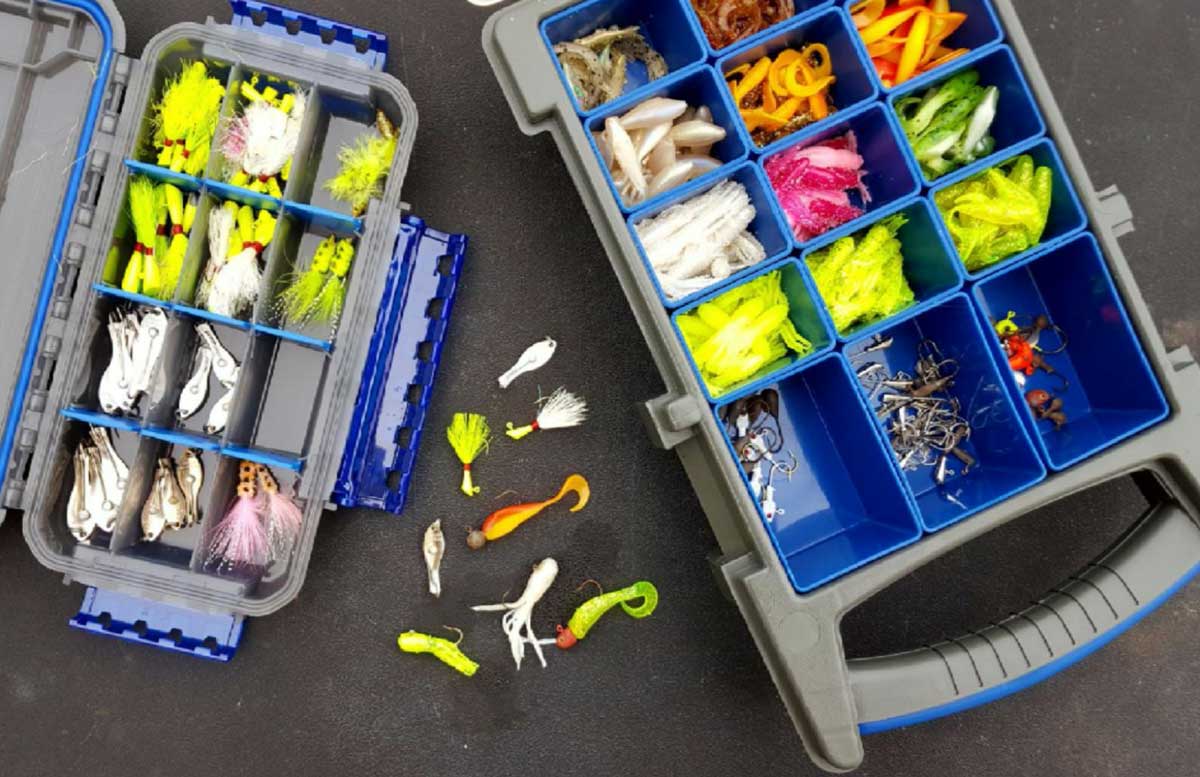
Selecting tackle for Shad Fishing
Rigging Up for Shad Fishing
Most of the St Johns River shad that have been sampled by biologists have empty stomachs which suggests they do little to no feeding on their spawning migrations. Consistent success requires using bright, flashy lures to elicit a reaction strike. Classic shad lures that have been catching shad for decades are special jigs called shad darts and small, fixed hook spoons by companies like Nungesser and Johnson Fishing. Plastic tail jigs designed for panfish are effective. The style of jig doesn’t seem to matter so it is best to use ones you have confidence in. Road Runner lures that combine the appeal of a jig with the flash of a spoon are also quite popular among shad anglers.
American shad on the St Johns River average two to three pounds with the state record being 5.19 pounds. One nice thing about shad is they don’t run for cover when hooked. They tend to slug it out in open water so you can get away with light spinning tackle. A 1000 size reel spooled with five pound test braid on a matching lightweight spinning rod makes a great shad outfit.
This is a fishery where fly anglers outnumber conventional anglers. Most use four to six weight fly rods with matching sink tip or full sink lines. Flies are small, an inch or less long tied on #4-8 hooks. Most include added weight in the form of dumbell or bead chain eyes, beads or lead wraps to help them get down on the bottom. Shad don’t seem to be very discriminating about patterns. Clouser Minnows, Crazy Charlies, Horrors and other such patterns are what you’ll find in most shad anglers’ fly boxes.
Bright colors, chartreuse, white, yellow, florescent orange and hot pink, are the rule for shad lures. Many days shad will hit any color as long as it is bright, but they have their days when they get picky. Because of that, it’s good to bring a variety of colors for the days when shad show a definite preference.

Paul battling an American Shad on the St Johns River.
Finding the Shad
Earlier in this article I mentioned shad are typically found between Lake Monroe and highway 50. That is a long stretch of river and where a bulk of the shad schools are staging can vary week to week. The internet can help you narrow in on where to start your search. Captain Tom Van Horn is a local shad expert and his reports at www.irl-fishing.com can be very helpful. There are also a lot of great, current shad fishing reports on the Facebook group, Shad on the Fly.
Once on the water, you still need to figure out where to fish. If you’re lucky, shad will reveal themselves by splashing and swirling on the surface. This is called washing and is related to their spawning activity. A congregation of anglers in anchored boats and on the bank who are casting light spinning tackle and fly rods is a good indication shad are around. It’s okay to join the group. Just be courteous and give everyone their space. If all else fails, trolling is a great way to find the shad. I mostly fish out of a kayak and the paddling speed of a kayak is perfect for shad trolling; just let out enough line so your lures are occasionally bumping bottom. Once you get a hit, stop and cast to see if there is a school around.
Once you find the shad, quarter your casts upstream. Let your lure sink for a few seconds and then work it back slowly along the bottom as the current drifts it downstream. If you are occasionally snagging a clam or mussel then you know your lure is down in the strike zone.
Harvesting Shad
The scientific name for American shad is Alosa sapidissima. The latin translation of sapidissima is “most savory”. Their fillets are described as delicate and sweet, but they are full of thousands of tiny bones so specialize cooking techniques are required to make them palatable. There are also some who consider shad roe to be a delicacy. I’ve eaten neither shad or their roe so I can’t vouch for those claims. To be honest, most shad fishing on the St Johns is catch and release.
Unless you are exempt, you’ll need both a freshwater and saltwater fishing license to pursue American shad. The need for a freshwater license is obvious because you will be fishing the St Johns River where you’ll catch many freshwater species as by-catch. You will need a saltwater license because shad are a saltwater species, and license requirements are dictated by the species, not the water you fish.

Paul connects with a nice-sized shad in the St Johns River.

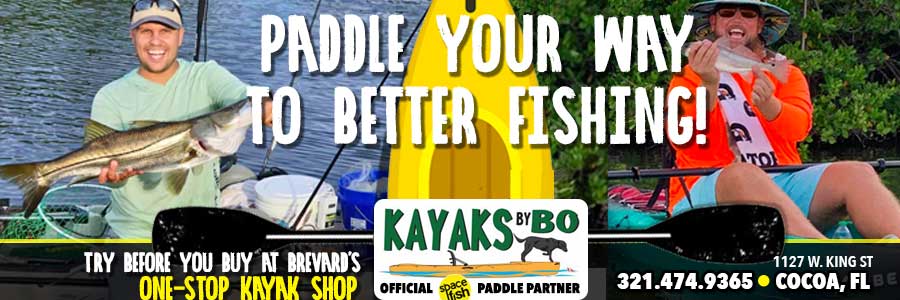

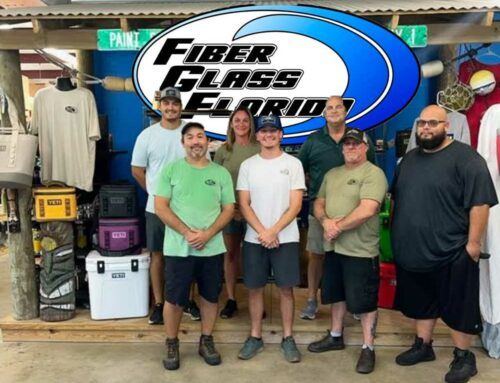
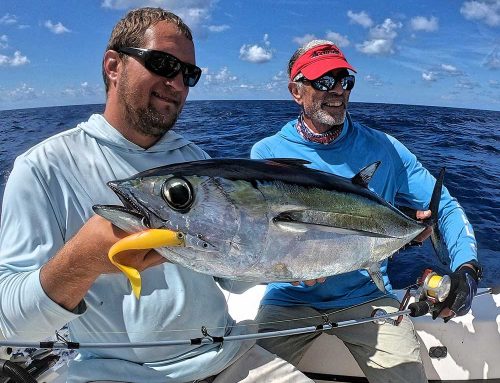
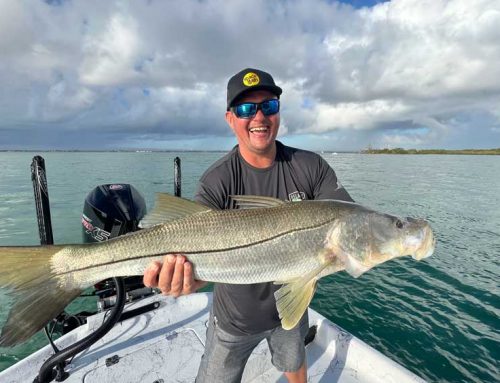


Leave A Comment
You must be logged in to post a comment.